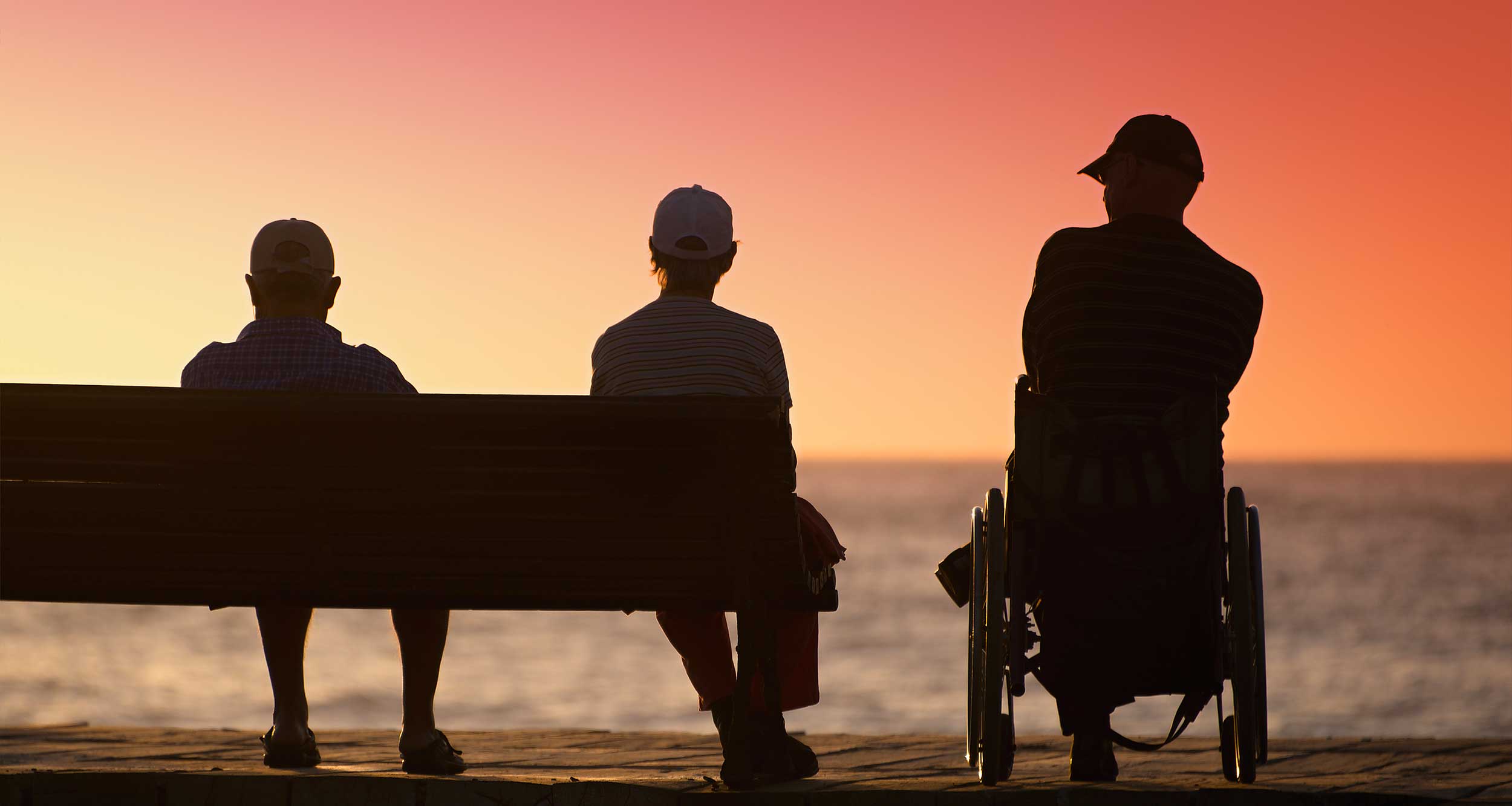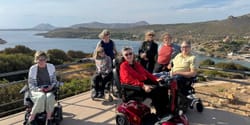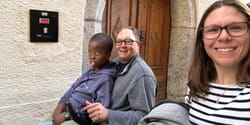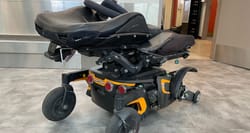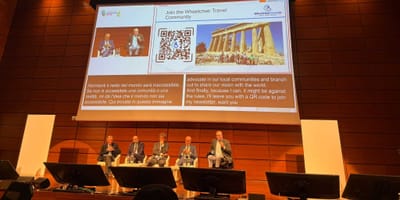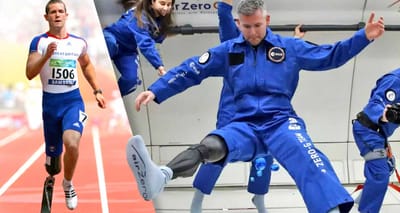MMGY Travel Intelligence, an MMGY Global company, recently released its Portrait of Travelers with Disabilities Mobility & Accessibility study, which provides valuable consumer insights about travelers with mobility challenges and those who use wheelchairs or other mobility aids.
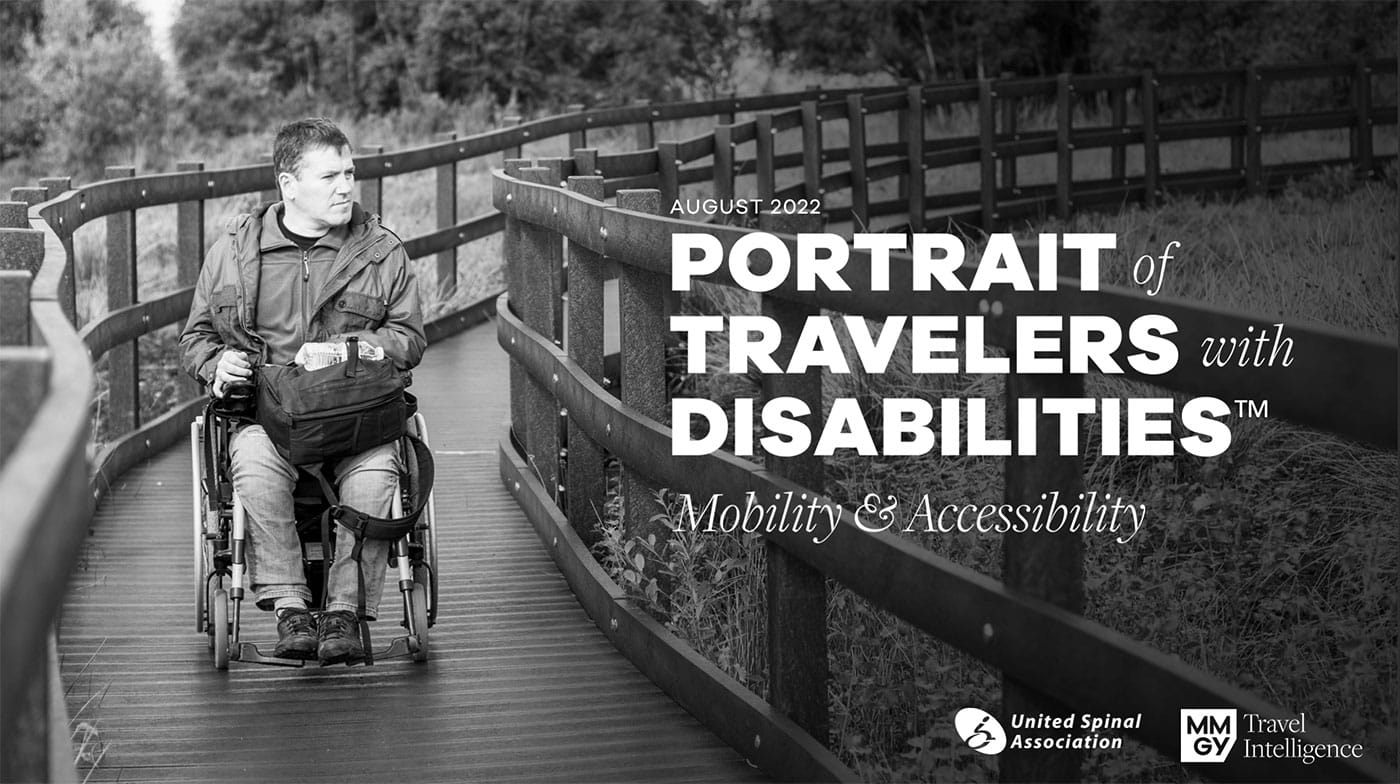
I was a member of the steering committee and assisted in designing the study, and WheelchairTravel.org readers like you were instrumental in providing details of your travel experiences — key data used to develop insights about the disabled travel experience. Some of the takeaways gleaned from the study are shared below.
The Business Case for Accessibility in Travel
Although improving accessibility is the right thing to do, businesses should be inspired to engage in this work because it makes financial sense — travelers with disabilities represent a significant opportunity for revenue growth.
The study found that among the 75% of respondents who had taken a leisure trip in the last 12 months, disabled travelers had taken an average of 3.4 trips during that time — slightly higher than the average number of trips (3.0 trips) taken by nondisabled leisure travelers.
That increased frequency of travel has a substantial impact to the bottom line: Disabled travelers spent an average of $3,546 on leisure travel during the past 12 months, compared to nondisabled leisure travelers who reported spending $3,058 on travel during that time.
Disabled travelers frequently encounter barriers to accessibility
The frequency and number of accessibility barriers reported by disabled travelers in MMGY’s study aligns with research and reporting previously shared on this website.
Nearly all of the study’s respondents reported facing an accessibility barrier at a hotel or accommodation when traveling (96%), followed by 9 in 10 who have faced an air travel barrier (86%) and 8 in 10 who have faced a problem with accessible transportation at the destination (79%).
Some additional insights are particularly important for businesses and travel providers to take note of:
- 8 in 10 have dealt with inaccessible showers or tubs (81%) in a hotel room
- 6 in 10 reported not booking an accommodation because the website did not offer them enough information to make them feel comfortable booking (59%)
- Nearly 6 in 10 have experienced extended wait times for mobility assistance at the airport before or after their flight
- 4 in 10 have had their mobility aid lost or damaged by the airline
Hotels should be designed with the disabled guest in mind
Hotels are intended to serve as one’s “home away from home,” a safe space where travelers can seek rest and relaxation during their journey. But for many travelers with disabilities, hotels are replete with accessibility barriers and challenges that cause distress, upending any notion of a relaxing escape.
Respondents, when asked what a hotel promoting itself as “accessible for travelers using wheelchairs and other mobility devices” should have, identified barrier-free entries into buildings (92%), automatic sensor doors (75%), information or signage directing guests to accessible entrances, wheelchair accessible counter heights (68%) and low-pile/hard flooring (66%) as expected features.
8 in 10 travelers believe that photos of accessible room features should be provided, so that better informed decisions can be made when booking accommodation.
Report Details & Final Thoughts
MMGY’s Portrait of Travelers with Disabilities study expands on research conducted by WheelchairTravel.org and other organizations, offering destinations and travel providers valuable insights on how best to respond to the growing accessible travel market. As the world becomes more accessible, disabled people will travel in larger numbers and it is my hope that this study will guide travel providers in efforts to make travel more inclusive and equitable.
The report is based on a sample of 2,789 U.S. residents aged 18 or older, including 2,735 people with disabilities and 414 respondents who are caregivers or companions of someone with a mobility impairment. The complete study is available at www.mmgyintel.com, with proceeds donated to the United Spinal Association, a nonprofit membership organization dedicated to advocating for and empowering people with spinal cord injuries.

